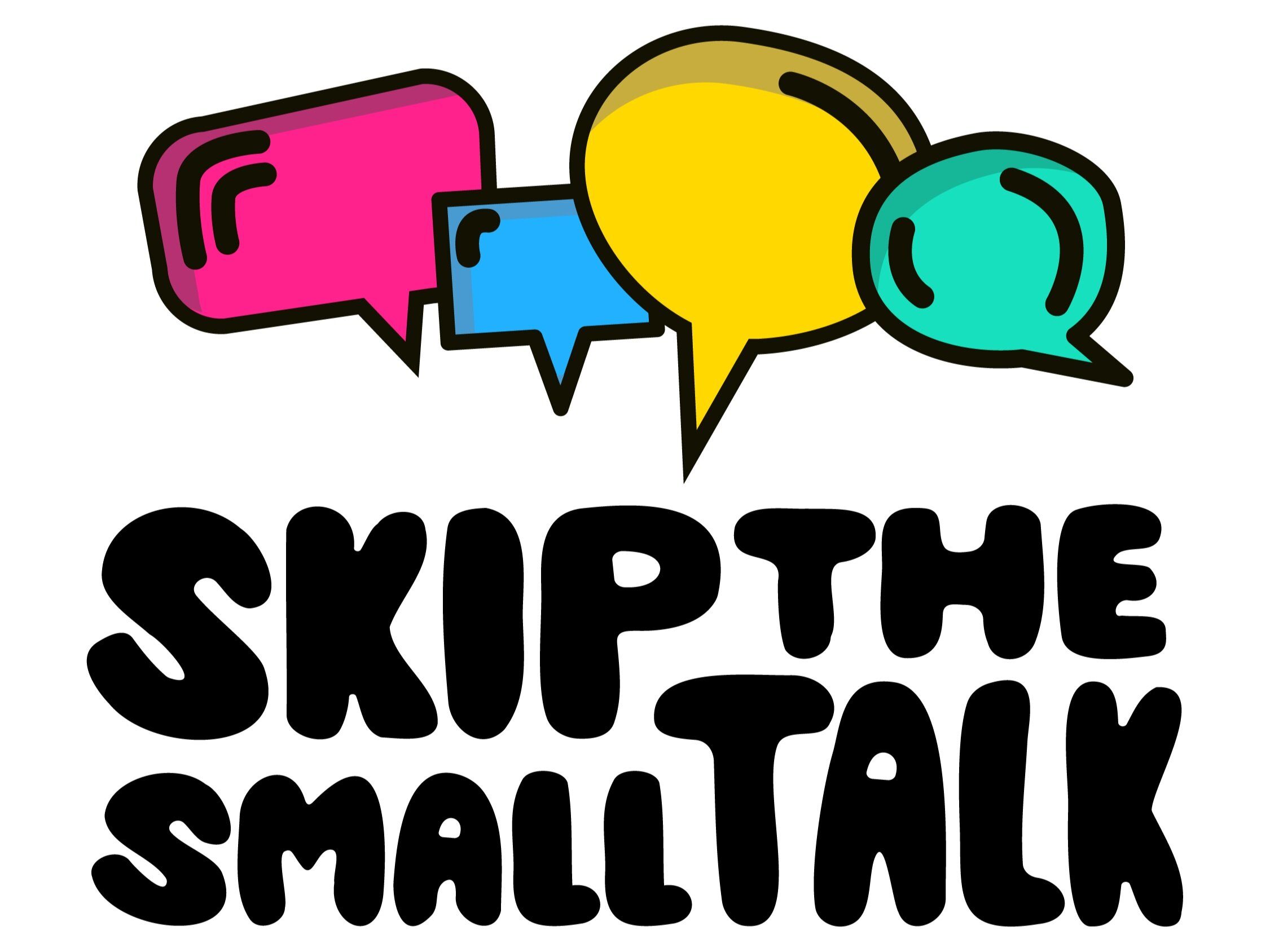Play! Free Communication Game To Break The Ice
How Do You Communicate?
How well do you understand your communication style and skills?
What are your listening techniques?
Do you pick up on nonverbal cues and tone?
How are you managing the stress of discomfort or conflict?
Strong communication skills and a willingness to develop them are cornerstones of any good relationship, be it personal or professional. Consider exploring these questions with each interaction for a day or perhaps a week. With this free communication game, which you can play just about anywhere, you’ll be able to creatively explore how you communicate with others. We hope you’ll find it simple and insightful.
Understand Communication
A lot of people might think that communication is just exchanging ideas through words and actions, but there’s actually a lot more to it. For communication to be satisfying AND effective for all parties, that usually requires an understanding of the intent conveyed. How often have you had a conversation with someone via text only to come together afterward and realize that you were both interpreting things entirely differently? This is often because someone didn’t have insight into the other person’s intent. Someone was interpreting words in a literal way, not the holistic meaning of a message.
People tend to interpret their interactions with others through the lens of their past experiences. For good communication to actually happen, though, it’s helpful to try to see things from other people’s perspectives. The better you can understand and consider your friend/coworker/partner’s point of view while you communicate with them, the more clearly you’ll understand them and be understood by them. And what’s the best way to break a habit? Practice, Practice, Practice.
So, let’s get you practicing those communication skills with a game for two!
Game Materials:
Two (2) or more blank pieces of paper
Two (2) writing utensils
Two images for reference (some included below)
Play The Free Communication Game
First, break off in pairs to play this game 1-on-1. One player will be the “Instructor” and the other the “Artist.”
1. Each player should choose a simple, geometrically based image (some examples are provided below) they’d like to challenge the other person to draw. Keep these images a secret from the other player.
It helps if you can print the pictures. This ensures that only one of each image is available to choose from and helps you avoid choosing the same image, which will give each Artist an advantage somewhat negating the point of this game.
2. The Instructor will have 3 minutes to give instructions about how to recreate the image in front of them without showing the image to the Artist. The Artist should stay silent and follow the Instructor’s instructions.
The Instructor should not see the Artist’s drawing until the end of providing instructions.
The Instructor can only use verbal instructions.
The Instructor can either have the picture in front of them the entire time or (for a little added difficulty) try to recall it for the Artist from memory.
3. After the first round, players swap roles (without looking at the results) and play again.
4. After the second round, the players may want to debrief with a few questions:
What was easy about this game for you? What was difficult? Did anything about the game surprise you?
How did you feel when you noticed any “mistakes?” Annoyed? Frustrated? Confused? Amused? Delighted? Something else? In your everyday life, how does it generally feel for you when you notice a miscommunication that you were a part of?
Did you feel yourself focusing on assigning blame for any “mistakes,” whether to yourself or to the other person? If so, what did it feel like for you as you were trying to figure out whose “fault” it was? How does it generally feel for you when you’re trying to figure out whose “fault” something is?
Communication Game Variations:
It can also be helpful to record the Instructor or video the entire experience and watch it together during the debriefing.
Play the first game so that the Instructor can see the drawing as the Artist works on it, offering verbal corrections.
Use images made up of simple geometric shapes, like those provided in this post.
Now, you may want to consider some of the following variations for each role in the game (using new images) and try the exercise again:
The Instructor
Try matching any non-verbal cues you’re giving (body language, hand signals) with the words you’re saying.
Avoid negative body language that closes you off or makes you appear nervous or unsure.
Pause to collect your thoughts. Instead of speeding through the exercise, take your time to gather your instructions and make them as straightforward as possible before you speak.
The Artist
Try repeating the Instructor’s words in your head as you follow their instructions.
Try noticing and allowing any feelings that come up as you follow instructions.
Set aside your judgment. No matter how good or bad you may feel the instructions are, focus on following them, not judging them.
A few rounds of this: playing, switching roles, debriefing, and applying what you’ve learned, and you’ll be well on your way to breaking some of those ingrained habits and building more robust communication skills.
Image #1 | Image #2 | Image #3 | Image #4 | Image #5 | Image #6 | Image #7 | Image #8
We hope you consider checking out game creator, Bree Hassell (aka Coach Bree), and her community art project in Albany.

